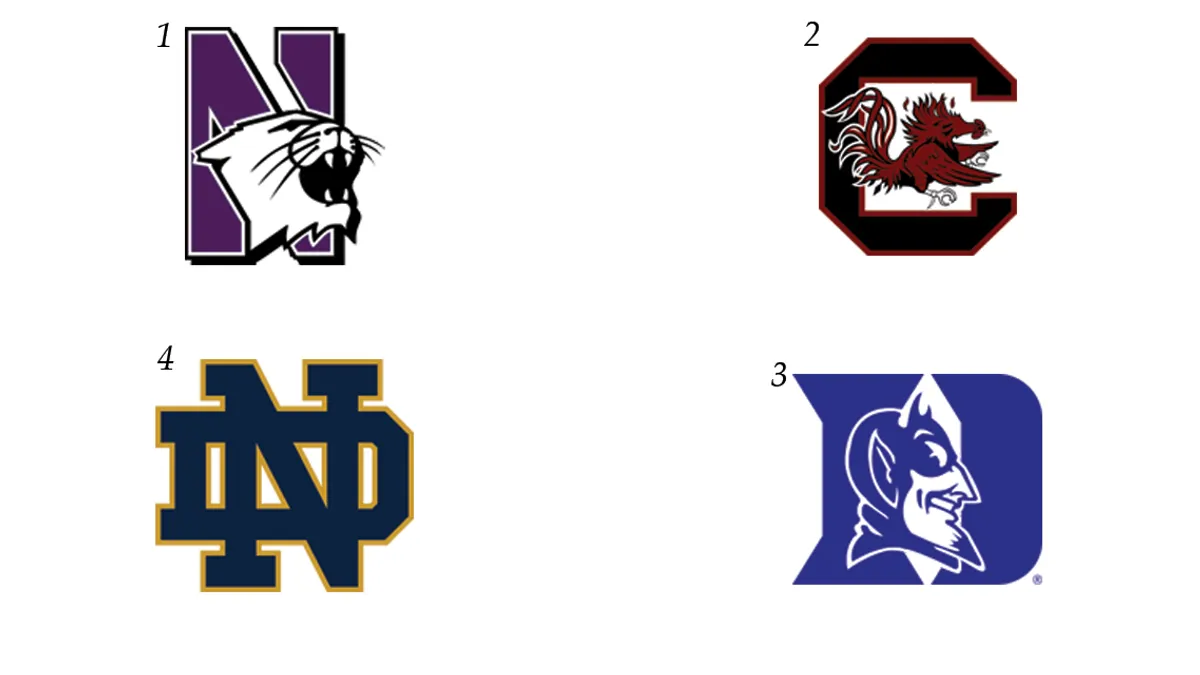Updated January 9, 10:28 a.m.
If graduation rates mattered, neither Georgia nor Alabama would have been eligible to play in last night's title game. Bama's 84% Graduation Success Rate is not bad for a program which sent 41% of its starters to the NFL between 2005-2013. But for the Dawgs, who send a significantly lower number of recruits to the league, and have the lowest graduation rates in the conference at 53%, it's a different story. The University of Georgia's football GSR rate is the second-worst graduation rate in all of Power 5 football, behind only Oklahoma State University.
Of the Power 5 football conferences, the Atlantic Coast Conference (ACC) does the best job graduating students, both overall and those who play on the schools’ football teams; of the top 25 teams, the ACC boasts nine tops at graduating football players and 10 tops overall. Incidentally, the ACC is also home to the best football team heading into the College Football Playoff — the Clemson Tigers.
The Big Ten is second, with seven of the highest football team graduation rates and six of the highest overall school graduation rates. The Pac-12 rounds out the top three, with four of the top graduating football programs and six of the top overall graduation rates.
Meanwhile, the Southeastern Conference (SEC) has four of the highest graduating football teams and three of the highest graduating student bodies. And while the Big 12 can claim one football team with top 25 graduation rates (the University Texas, at number 15), none of the Big 12 schools has an overall student graduation rate that places in the top 25.
Methodology
Our rankings were assigned for the top-25 programs using the NCAA Graduation Success Rate data for the 2010 cohort to look at six-year graduation rates of football players at each NCAA Division I Power 5 program, and Integrated Postsecondary Education Data System (IPEDS) provisional data for the 2010 cohort to evaluate overall success at graduating the total student body in six years. For the playoff bowls — Rose Bowl, Sugar Bowl, Cotton Bowl, Orange Bowl, Peach Bowl and Fiesta Bowl — teams were placed based purely on the rankings 1 to 12. For the remaining major bowls, teams were placed based on traditional conference match-ups for each bowl (e.g. Alamo Bowl is traditionally Pac-12 vs. Big 12).
Notes: Notre Dame was considered an ACC team for the purposes of this ranking. Only bowls featuring two ranked teams were included, so the Outback Bowl, which this year features two unranked teams for the first time since 2010, was left off the list.
Here's what the College Football Playoff and the major bowl match-ups would look like if they were ranked based on how well the teams graduate their football players:
In a recent analysis of the academic progress of all bowl-bound teams conducted by The Institute for Diversity and Ethics in Sports housed at the University of Central Florida, Richard Lapchick, the center’s director and the report’s primary author, said, “This year, 100% of the schools participating in a bowl game had at least a 50% Graduation Success Rate for their football teams compared to last year when 99% (79 of the 80) of the schools had a 50% GSR.”
However, as is the case with school graduation gaps overall, racial graduation gaps still persist. Lapchick noted “the gap between white and African-American football student-athletes continues to be a major issue standing at 16%,” and "38% of bowl-bound teams have gaps of 20 or more percentage points, an increase from last year’s 36%.
“The good news is it is shrinking as last year’s report showed a 19% difference between the two groups,” he said.
Among the 78 bowl-bound teams, Lapchick said the average GSR for African-American student-athletes is 71%, up from 68% in 2016. The average GSR for white football student-athletes is 87%, the same as last year. In addition, only UGA and Oklahoma State graduated less than half of their African-American football student-athletes, which is an improvement from five schools in 2016. No team graduated less than half of its white football student-athletes.
Still, football players of both races graduate at a higher rate than their non-athlete male peers, Lapchick found, with the national six-year graduation rate at 41% for African-American males and 65% for white males across the same institutions.

















